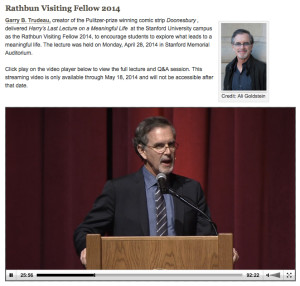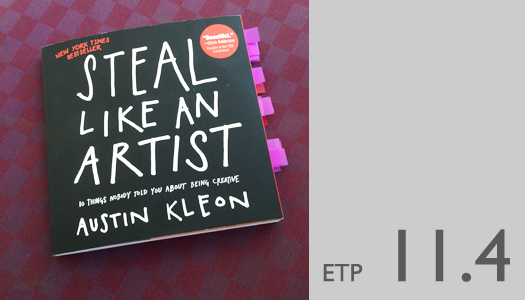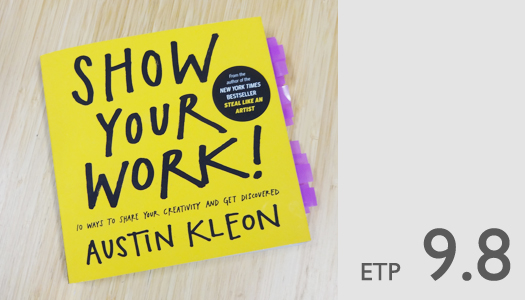ACTIVITY: Filtering at the Early Prototyping Stage
Thursday, May 22nd, 2014Prototyping is the second stage of the YCISL simple innovation framework. In this stage, you select some of the best candidates from the brainstorming stage and try to construct simple models or simulations of the select ideas in order to quickly identify weaknesses, challenges and problems associated with each of the prototyping candidates. This is in line with the “Fail early, fail fast” mindset we apply in our workshops. The aim is to advance just one of the prototyping candidates to the engineering level.
However, this is also a good time to document the main advantages of each of the prototyping candidates as well. The potential distance and impact of each prototype candidate are valuable considerations and will help maintain a positive mindset as development continues. Therefore, a technique for early prototyping is proposed where the positive aspects (“praises”) and negative aspects (“criticisms”) are extracted and sorted into their respective boxes. For prototyping, we are usually looking for prospective showstoppers, dead-ends and oopsie daisies! These will be dropped into the CRITICISMS box but this box will also contain the lesser risk and lower severity issues – and this whole box should be saved for later in the testing and readiness stages. This late engineering stage will be where the user guide and other “accident avoidance” strategies will be developed to steer the user away from or around known issues – or fixes could be developed if there is an opportunity.
The other aspect of the PRAISES-CRITICISMS filtering is the collection of the positive aspects (“motivators”) which move the work forward. Prioritization is needed for this box but comparative analysis of the PRAISES box for each prototyping candidate will help provide guidance on the risk-benefit and competitive advantage. The PRAISES BOX can be used in the mid-prototyping stage where the team can evaluate how fantastic a feature can be (e.g., battery life which could be good, better and wow!) Remember that the aim of prototyping is to find the most compelling product to solve the problem and invest the most resources in getting the product to be successful and displacing existing alternatives.
In sum, a PRAISES-CRITICISMS filter is recommended in early prototyping to help weight the benefits of advancing prototyping candidates, set the criteria for early failure and build a bank for late engineering testing and readiness.




